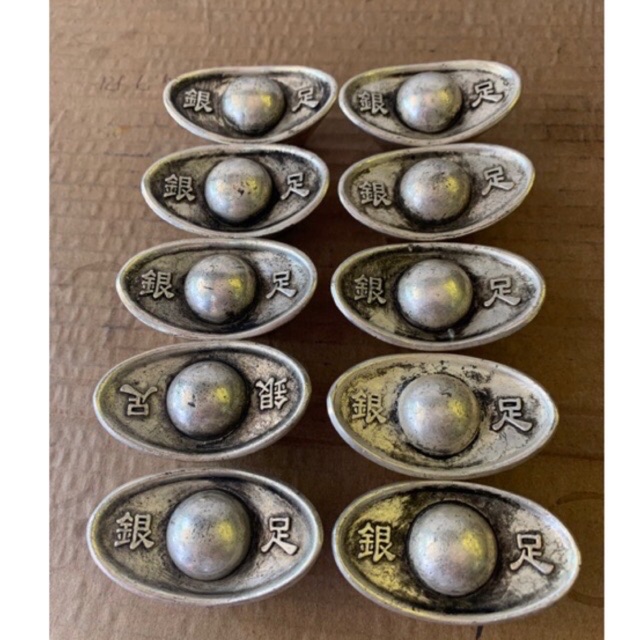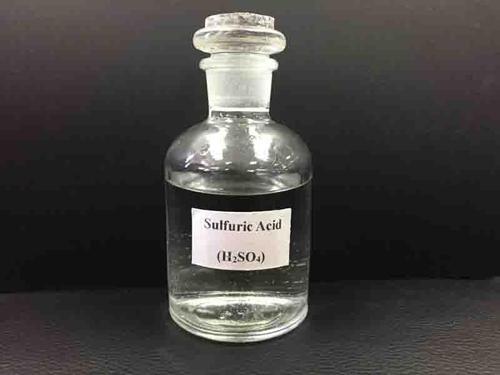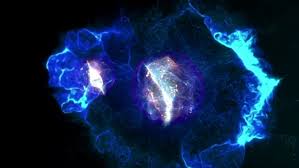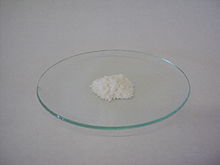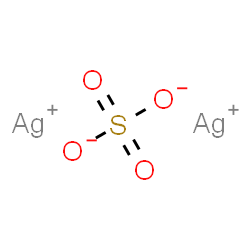Search equation
Please enter the reactant or product to start the search
2Ag + H2SO4 → H2 + Ag2SO4 | Phương Trình Phản Ứng Hóa Học
Ag | silver | solid + H2SO4 | sulfuric acid | solid = H2 | hydrogen | solid + Ag2SO4 | silver sulfate | solid | Temperature: temperature, Other Condition excess chlorine
Introduce
Detailed information about the equation
Reaction conditions when applied Ag + H2SO4
- Catalyst: not available
- Temperature: normal
- Pressure: normal
- Other conditions: not available
Reaction process Ag + H2SO4
Process: Place the Ag sample in a test-tube containing the dilute H2SO4 solution, and shake gently.
Note: The reducing potential of silver is higher than hydrogen (in other words, Ag is behind H2 in the metal reactivity series), so Ag does not react with a dilute H2SO4 solution.
The result of the reaction Ag + H2SO4
The phenomenon: This reaction does not occur
Detailed information on the reactants
Information about Ag (silver)
Information about H2SO4 (sulfuric acid)
- Atomic weight: 98.0785
- Color: Dầu trong suốt, không màu, không mùi
- Status: chất lỏng

Detailed information about the products of the reaction
Information about H2 (hydrogen)
- Atomic weight: 2.01588 ± 0.00014
- Color: không màu, sẽ phát sáng với ánh sáng tím khi chuyển sang thể plasma
- Status: Khí

Information about Ag2SO4 (silver sulfate)
Total rating:
Rating: / 5 star
The equations for preparation Ag
Catalyst
normal
Temperature
160 - 300
Pressure
normal
Other conditions
normal
Catalyst
normal
Temperature
temperature
Pressure
normal
Other conditions
AgNO3, NH3
Catalyst
normal
Temperature
room temperature
Pressure
normal
Other conditions
normal
The equations for preparation H2SO4
Catalyst
normal
Temperature
temperature
Pressure
normal
Other conditions
normal
Catalyst
normal
Temperature
normal
Pressure
normal
Other conditions
normal
Catalyst
normal
Temperature
temperature
Pressure
normal
Other conditions
normal
Interesting facts about chemistry you may not know
Interesting facts about hydrogen - the lightest element in the periodic table.
Hydrogen is the first element in the periodic system table. Hydrogen is known to be the lightest of all, the most abundant in the Universe, the essential element for life
View moreInteresting facts about helium
Helium is the first rare gas element in the periodic system table. In the Universe, it ranks second in abundance after elemental hydrogen.
View moreInteresting facts about lithium
Lithium is the alkali metal element, located in the third cell in the periodic table system. Lithium is the lightest of all solid metals and can cut a knife.
View moreInteresting Facts About Beryllium
Beryllium is the lightest alkaline earth metal. Beryllium is found in precious stones such as emeralds and aquamarine. Beryllium and its compounds are both carcinogenic.
View moreInteresting Facts About Carbon
Carbon is the non-metallic element in the sixth cell in the periodic system table. Carbon is one of the most important elements in all life, it is also known as the back.
View more